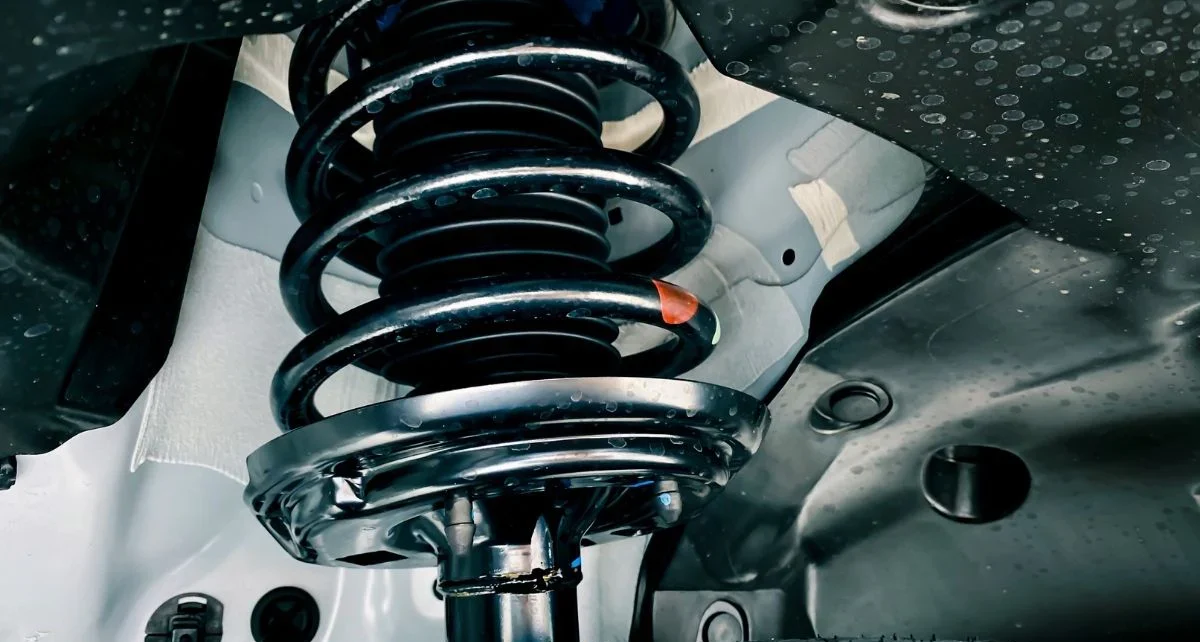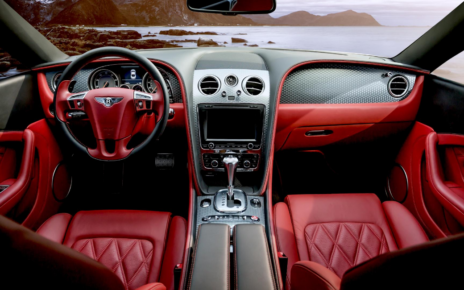In the intricate world of automobiles, suspension upgrades serve as the unsung heroes of enhanced car performance, marrying smoothness and stability. They’re essential modifications that alter a car’s suspension system, the mechanism responsible for optimal tire-road contact, steering stability, and a seamless ride. A well-tuned suspension system is paramount, elevating a vehicle’s responsiveness, handling, and overall driving experience.
The essence of suspension upgrades extends beyond mere vehicular enhancements; they are pivotal in ensuring safety and superior handling, fostering an intimate connection between the driver and the road. When finely calibrated, they compensate for road irregularities, providing better grip and reducing load transfer. Hence, it’s fundamental to understand their mechanisms and benefits, allowing drivers to choose suitable modifications and experience elevated driving performance.
Types of Suspension Systems
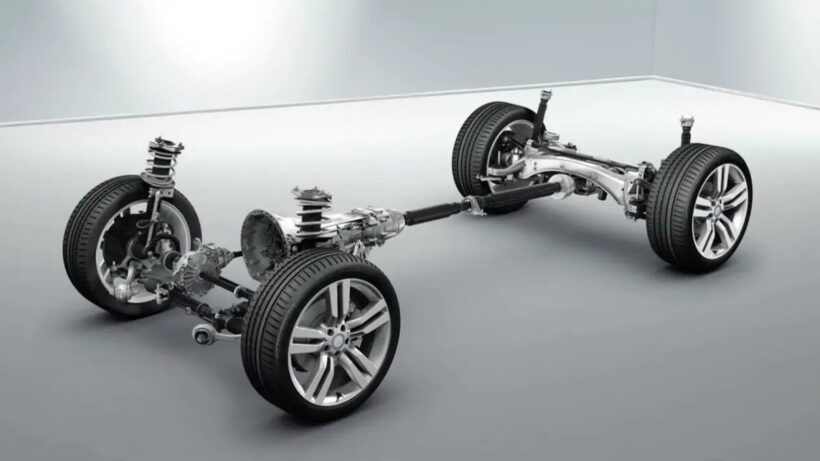
Delving into suspension systems, the common types are MacPherson strut, double wishbone, and multi-link. The MacPherson strut, prevalent in many modern vehicles, is lauded for its simplicity and compact design. It combines a shock absorber and a coil spring to absorb impacts, ideal for front-wheel-drive cars due to its spatial efficiency.
In contrast, the double wishbone is revered for allowing independent control of camber angle and excels in maintaining wheel alignment, contributing to consistent, precise handling, typically embraced in sports and racing cars. Lastly, the multi-link suspension affords superior flexibility, allowing each wheel to move independently, offering unparalleled comfort and road adherence.
Each system possesses unique attributes and applications, tailored to different driving needs and vehicle types, underscoring the importance of knowledge and choice in pursuing optimal handling and performance.
Components of a Suspension System
The intricacy of suspension systems lies in their multifaceted components, including shocks, struts, springs, sway bars, and control arms. Shock absorbers dampen the impact of road imperfections, mitigating excessive movement and offering a smoother ride. Struts, akin to shocks, provide structural support to the vehicle’s suspension system.
Springs, the essence of absorbency, combat road irregularities, determining the vehicle’s ride height and maintaining tire contact with the road. Sway bars minimize the vehicle’s body roll during cornering, enhancing stability. Lastly, control arms facilitate up and down movement of the suspension, allowing proper alignment. Each element synergistically improves handling and ride comfort, establishing a seamless dialogue between the vehicle and the pavement.
Signs Your Suspension Needs Upgrading
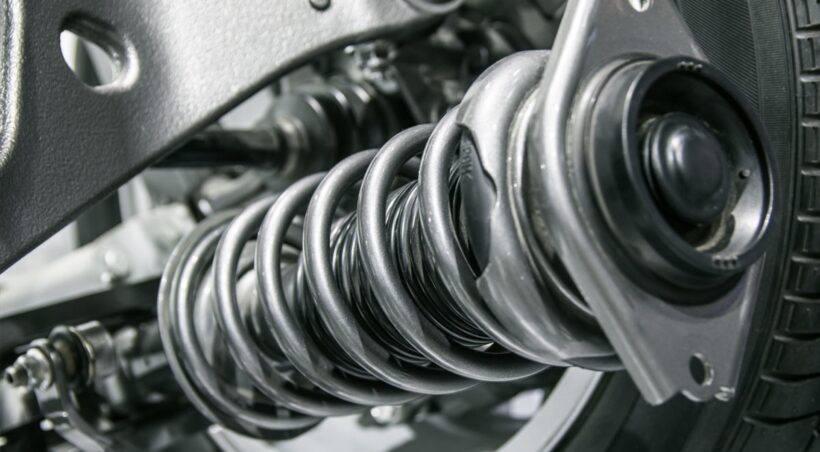
Acknowledging signs of a deteriorating suspension, like excessive bouncing, uneven tire wear, or poor handling, is crucial. These indications, though seemingly trivial, denote underlying deficiencies that can impede performance and safety. Regular inspections are indispensable in detecting and addressing these issues early, preventing progressive deterioration and ensuring enduring vehicular vigor.
Given the ever-evolving tapestry of automotive advancements, the essence of a meticulously upgraded and maintained suspension system is undeniable. It’s the conductor orchestrating the symphony of tire and terrain, creating harmony in movement, and enhancing the holistic driving experience. The timely recognition of wear and the adoption of suitable upgrades can transform a car’s performance, instilling confidence and satisfaction in every drive.
Benefits of Suspension Upgrades
Suspension upgrades unravel a realm of enhancements such as refined cornering ability, augmented ride comfort, and advanced traction. These modifications empower vehicles with an elevated sense of control and stability, manifesting real-world performance improvements that are tangible and exhilarating.
The allure of a meticulously upgraded suspension lies in its ability to redefine the driving narrative, creating a symbiotic relationship between driver intent and vehicular response. It’s a dance of precision and agility, allowing the car to mirror the driver’s aspirations, transforming every journey into a testament of unparalleled performance and harmony.
Types of Suspension Upgrades
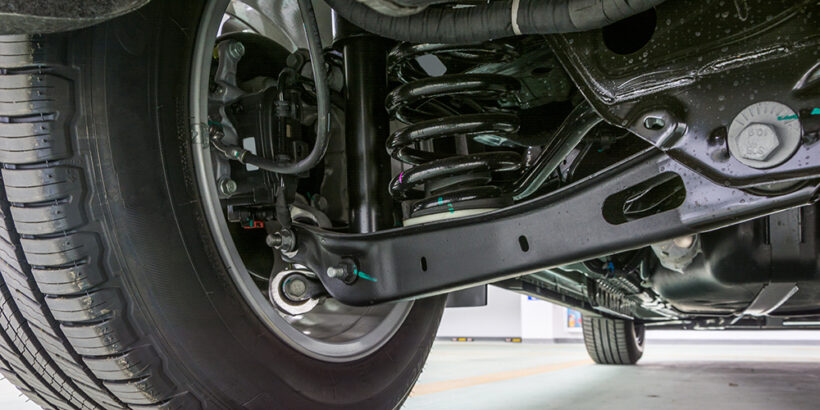
Suspension upgrades are diverse, ranging from lowering kits and coilovers to sway bar kits and strut tower braces. Lowering kits modify a vehicle’s stance, enhancing its center of gravity and reducing drag. Coilovers, adjustable in nature, allow fine-tuning of ride height and spring preload, tailoring handling characteristics to individual preference.
Sway bar kits optimize the balance and stability of vehicles during high-speed cornering. Strut tower braces minimize chassis flex, contributing to sharper, more responsive handling. Each upgrade type targets specific handling aspects, enabling customization and performance enhancement in alignment with individual driving styles and requirements.
Choosing the Right Suspension Upgrades
The journey to optimal handling necessitates thoughtful selection of suspension upgrades, harmonizing driving style, vehicle type, and goals. Considerations extend to budget, ease of installation, and desired performance improvements. A discerning approach, embracing research and expert consultations, is pivotal in navigating the myriad of options and ensuring the realization of driving aspirations.
Installation and Maintenance
The efficacy of suspension upgrades is intertwined with meticulous installation and diligent maintenance. Proper installation is fundamental to leveraging the full spectrum of benefits, while regular maintenance is the lifeline prolonging the vitality of suspension components, ensuring sustained performance and handling precision.
Performance vs. Comfort
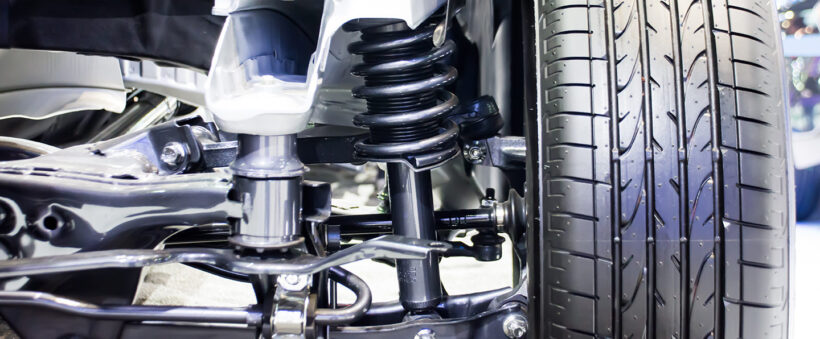
The juxtaposition of performance and comfort in suspension upgrades is a delicate balance. Adjustments and fine-tuning are integral in aligning performance aspirations with desired comfort levels, creating a cohesive driving experience that resonates with individual preferences and needs.
Professional vs. DIY Installation
Suspension upgrades present the dichotomy of professional versus DIY installation. Each pathway offers its merits and challenges, necessitating an informed decision based on tools, skills, and installation complexity. While professional installation offers expertise and assurance, DIY installation provides a sense of accomplishment and personalized engagement with one’s vehicle.
Testing and Fine-Tuning
Post-installation, testing, and fine-tuning are paramount. They enable the calibration of suspension upgrades to achieve optimal performance, allowing each modification to harmonize with the vehicle’s characteristics and the driver’s expectations, cultivating a seamless and exhilarating driving experience.
Conclusion and Results
Suspension upgrades are the architects of enriched car performance, sculpting handling precision, stability, and ride comfort. The myriad of components, upgrade types, and installation options offer a versatile palette for customization, allowing drivers to actualize their vision of automotive excellence.
The journey through suspension enhancements is one of discovery and transformation, evolving the dialogue between driver, vehicle, and road. Success stories and testimonials from enthusiasts echo the transformative power of these upgrades, painting a tapestry of heightened experiences, elevated performance, and unparalleled driving satisfaction.
This article offers a glimpse into the world of suspension upgrades, serving as a compass guiding enthusiasts through the nuances, benefits, and considerations integral to the art of handling. It’s a testament to the symbiotic dance of car and driver, a journey of unison and exhilaration, celebrating the essence of automotive mastery.

